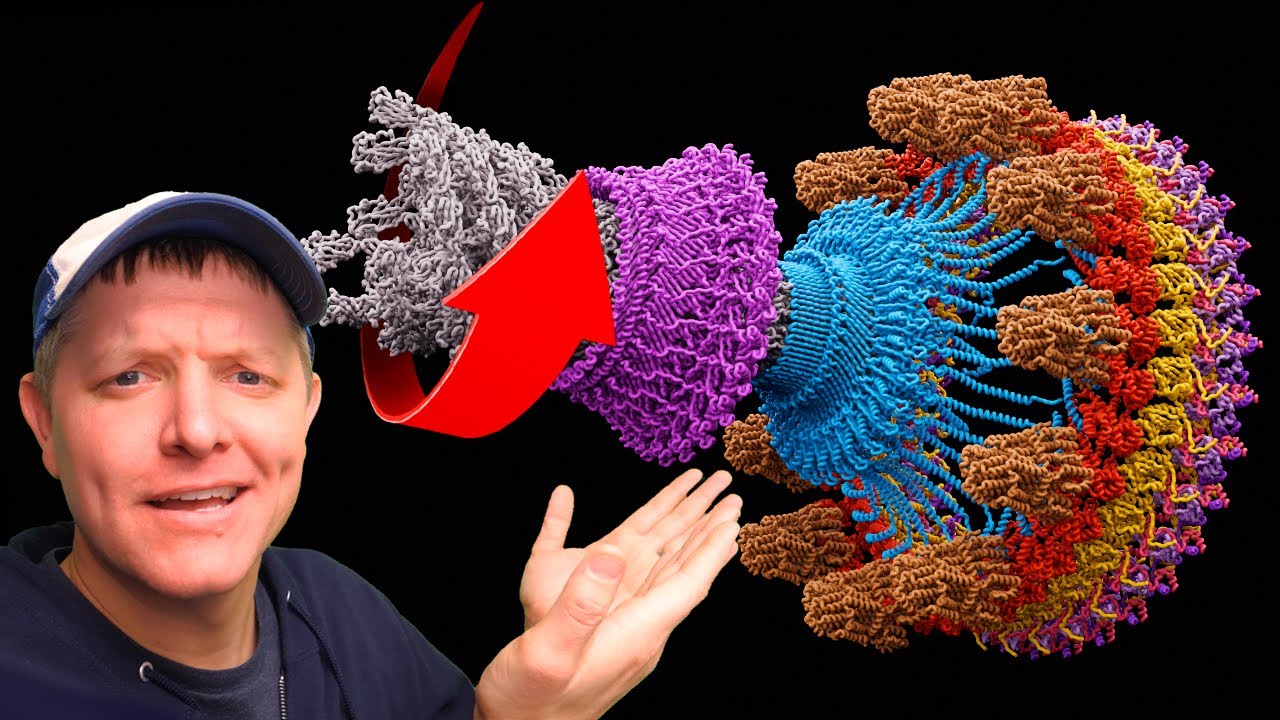In the 300th episode of “Smarter Every Day,” Destin explores the bacterial flagellar motor, an intricate molecular machine that enables bacterial locomotion, highlighting its similarities to electric motors and its role in navigating environmental cues. He discusses research at Vanderbilt University, where scientists use advanced imaging techniques to study the motor’s structure and function, ultimately reflecting on the philosophical implications of such complex biological systems.
In the 300th episode of “Smarter Every Day,” Destin explores the fascinating world of the bacterial flagellar motor, a complex molecular machine that allows bacteria to move. Captivated by an animation he stumbled upon, he delves into the mechanics of this motor, which functions similarly to an electric motor. The flagellum, a whip-like structure found on bacteria and sperm, is powered by a motor that spins, enabling locomotion. This complexity raises intriguing questions about the origins of life and the evolutionary processes that might lead to such intricate biological systems.
Destin visits Vanderbilt University to meet with Prashant Singh, a Senior Research Associate at the Iverson Laboratory, who explains the structure and function of the flagellar motor. The motor consists of two membranes that protect the bacteria and a proton gradient that generates energy needed for rotation. The bacteria use sensors to detect environmental cues, which trigger the motor’s direction and speed through a protein called CheY. This sophisticated system allows bacteria to navigate toward food sources or away from threats, demonstrating a level of biological complexity comparable to engineered systems.
The conversation shifts to Dr. Tina Iverson, who discusses how their research aims to understand how bacteria move in response to their metabolism and environmental signals. This inquiry extends to human cells, exploring the broader implications of metabolism on cellular behavior. The advancement in imaging technologies allows scientists to visualize these tiny structures in unprecedented detail, opening new avenues for understanding cellular systems.
Prashant and his team utilize cryo-electron microscopy to capture high-resolution images of the flagellar motor. This process involves a series of steps, including transformation, expression, and purification of the proteins that make up the motor. The team then compiles these images to create a 3D model, allowing them to map the individual proteins and understand their interactions. This meticulous work reveals how the motor operates and its potential vulnerabilities, suggesting avenues for future research in bacterial behavior and antibiotic resistance.
Destin concludes the episode by reflecting on the philosophical implications of such a complex biological system. He emphasizes the importance of critical thinking and encourages viewers to appreciate the wonder of the flagellar motor without feeling the need to align with specific ideological camps. The intricate design of the motor evokes feelings of awe and gratitude, prompting Destin to express his appreciation for the marvels of life and the role of science in understanding them. He thanks his supporters on Patreon and invites viewers to continue exploring these scientific concepts with him.
